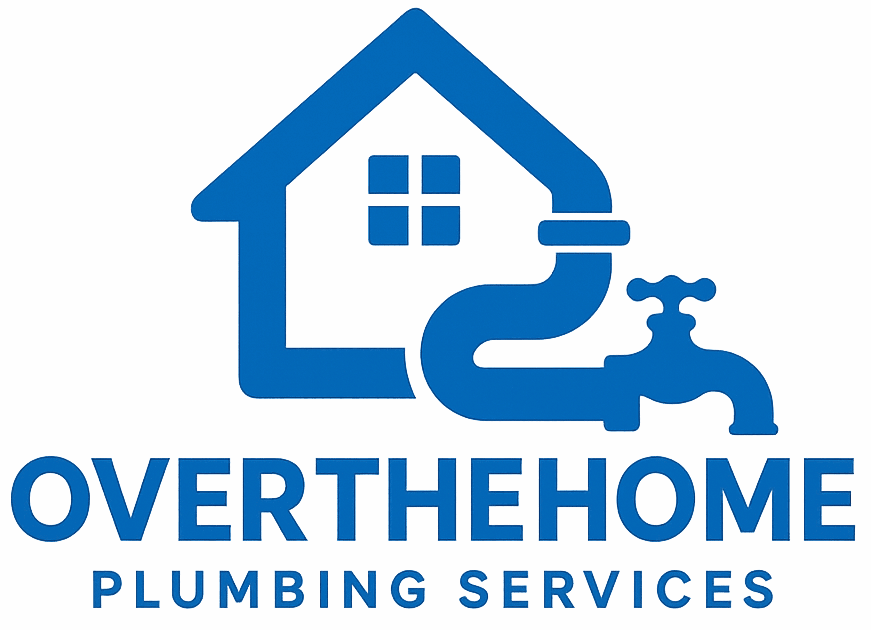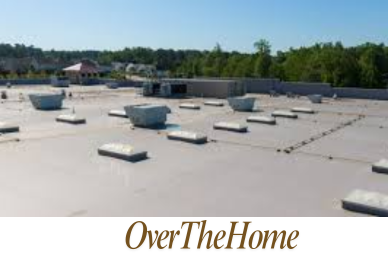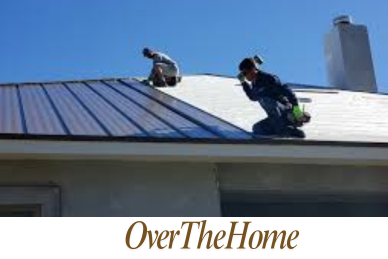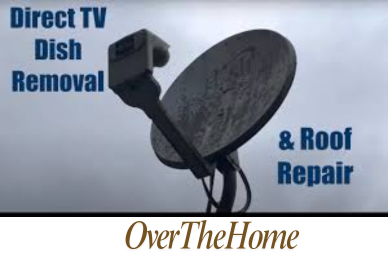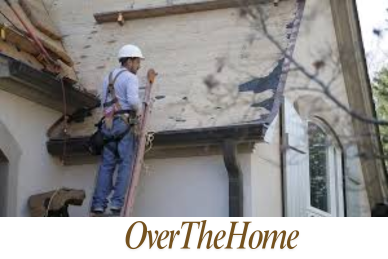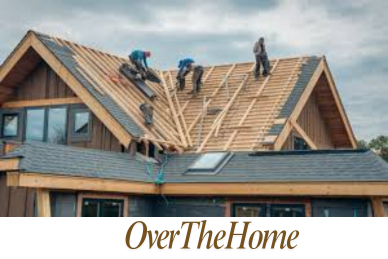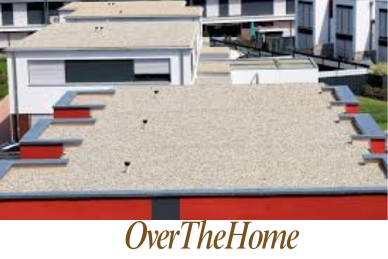How Long Does GRP Roofing Last? Explained
When it comes to roofing materials, one of the most durable and long-lasting options is GRP or Glass Reinforced Plastic. This type of roofing system combines fiberglass reinforcement with a polymer resin matrix, creating a strong and weather-resistant surface that can withstand the elements for decades.
But just how long can you expect a GRP roof to last? As a general rule of thumb, it can last upwards of 20 years or so. However, the detailed answer isn’t as straightforward as you might think. The lifespan of a GRP roof depends on several factors, including the quality of installation, the materials used, the maintenance routine, and the environmental conditions the roof is exposed to.
Average Lifespan of GRP Roofing
So, with all these factors in mind, what is the average lifespan of a GRP roof? Most industry experts and manufacturers estimate a well-maintained GRP roof to last anywhere from 20 to 30 years. However, there are exceptional cases of GRP roofs lasting upwards of 50 years or more with proper installation and diligent maintenance.
In comparison to other roofing materials, GRP roofs generally have a longer lifespan than asphalt shingles (15-30 years) and can rival or even outperform metal roofing (30-50 years) or concrete tiles (30-50 years) in terms of durability and longevity.
What Affects GRP Roofing Lifespan
Installation Quality
Proper installation is crucial for ensuring the longevity of a GRP roof. Even the highest-quality materials can fail prematurely if they’re not installed correctly. A professional roofing contractor with experience in GRP installation will follow manufacturer guidelines for surface preparation, application techniques, and sealing procedures.
Improper installation can lead to issues like leaks, delamination (separation of the roofing layers), and premature failure. According to the National Roofing Contractors Association (NRCA), adherence to best practices during installation is essential for maximizing the lifespan of a GRP roof.
Material Quality
Not all GRP roofing products are created equal. The quality of the materials used can significantly impact the durability and lifespan of the roof. Higher-quality materials, such as those that meet industry standards like ASTM or ISO certifications, tend to perform better and last longer than lower-quality alternatives.
Factors like the type of fiberglass reinforcement, the composition of the resin, and the addition of UV-resistant or fire-retardant additives can all contribute to the overall quality and longevity of the GRP roofing system.
Maintenance Routine
Even the best GRP roof will eventually succumb to wear and tear if not properly maintained. Regular cleaning, inspections, and minor repairs are essential for extending the lifespan of a GRP roof.
Simple maintenance tasks like removing debris, clearing drainage paths, and addressing any cracks or loose seams promptly can go a long way in preventing more significant issues down the line. It’s also recommended to apply protective coatings or topcoats as advised by the manufacturer, typically every few years, to maintain the roof’s integrity.
Environmental Factors
The environment in which a GRP roof is installed can also play a role in its lifespan. Harsh weather conditions like extreme temperatures, strong winds, and heavy snowfall can accelerate the wear and tear on the roofing material.
Similarly, coastal or industrial environments with high levels of salt or chemical exposure can be particularly harsh on GRP roofs, potentially causing premature degradation or damage.
How Much GRP Roofing Costs
While the longevity and durability of GRP roofing make it an attractive option, the initial cost can be a significant factor in the decision-making process. Here’s what you need to know about the costs associated with GRP roofing:
Installation Costs
The installation of a GRP roofing system typically costs more than traditional options like asphalt shingles or even some metal roofing materials. The complexity of the installation process and the specialized materials involved contribute to the higher upfront costs.
On average, you can expect to pay between $8 and $15 per square foot for the materials and installation of a GRP roof. For a typical residential roof of 1,500 square feet, this translates to a cost range of $12,000 to $22,500.
Material Costs
The cost of the GRP roofing materials themselves can vary depending on the quality, brand, and specific features. High-quality, reinforced GRP roofing products can cost anywhere from $3 to $8 per square foot for the materials alone.
Alternatives to GRP Roofing
While GRP roofing is an excellent choice for many applications, it’s not the only durable roofing option available. Other roofing systems like TPO (Thermoplastic Polyolefin), EPDM (Ethylene Propylene Diene Monomer), and PVC (Polyvinyl Chloride) can also offer impressive lifespans, ranging from 20-30 years or more.
The choice between GRP and other roofing materials often comes down to factors like cost, performance requirements, aesthetics, and the specific application or environment. For example, TPO or EPDM roofing may be more suitable for flat or low-slope commercial roofs, while PVC or metal roofing might be preferred for residential applications with steeper pitches.
When considering your roofing options, it’s essential to weigh the pros and cons of each material, consult with professionals, and make an informed decision based on your specific needs and budget.
Final Thoughts
GRP roofing is a versatile and durable option that can provide decades of reliable performance when installed, maintained, and cared for properly. While the average lifespan of a GRP roof is typically estimated at 20-30 years, many well-maintained systems have exceeded this range, lasting 50 years or more in some cases.
The key to maximizing the lifespan of your GRP roof lies in ensuring high-quality materials and professional installation, followed by diligent maintenance and prompt addressing of any issues that arise. By doing so, you can enjoy the benefits of a long-lasting roof, including cost-effectiveness, peace of mind, increased property value, and reduced environmental impact.
FAQs
How often should I have my GRP roof inspected?
It’s generally recommended to have your GRP roof inspected by a professional at least once a year, or more frequently if you live in an area with extreme weather conditions or notice any potential issues.
Can a GRP roof be repaired, or does it need to be replaced entirely?
Minor repairs, such as patching cracks or resealing seams, are often possible with GRP roofing. However, if the damage is extensive or the roof is nearing the end of its expected lifespan, a full replacement may be necessary.
How does the lifespan of a GRP roof compare to other low-slope roofing options?
In terms of lifespan, GRP roofing is on par with or exceeds many other low-slope roofing options. For example, TPO and PVC roofing systems typically last 20-30 years, while EPDM roofs have an expected lifespan of 25-30 years. With proper maintenance, a GRP roof can potentially outlast these alternatives.
